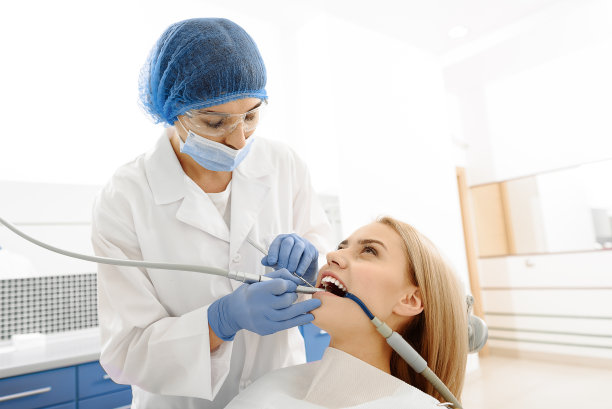The Essential Guide to Extracting a Tooth Painlessly and Safely for Optimal Oral Health
Summary: Tooth extraction, often perceived as a painful experience, can be conducted safely and without discomfort when proper techniques are employed. This guide outlines the essential steps to ensure optimal oral health while managing the extraction process. It emphasizes the importance of consulting with dental professionals, understanding the reasons for extraction, preparing effectively for the procedure, and following post-operative care guidelines. By adhering to these practices, patients can navigate tooth extractions with confidence and minimal pain, ensuring a smoother recovery and promoting long-term oral health.
1. Importance of Professional Consultation

Before considering tooth extraction, it is crucial to consult with a qualified dental professional. A dentist can thoroughly evaluate the condition of the tooth and the surrounding gums, determining whether extraction is necessary. This initial consultation is essential as it helps identify the root cause of dental issues, such as tooth decay or periodontal disease.
Furthermore, a professional assessment can provide patients with various options for treatment, including restorative procedures that might be preferable to extraction. The dentists expertise ensures an accurate diagnosis and allows for tailored advice based on individual health conditions and dental history.
Moreover, the dentist can explain the extraction procedure, including potential risks and what to expect in terms of pain and recovery. This proactive communication empowers patients, helping to alleviate fear and build trust in the dental care process.
2. Understanding the Reasons for Extraction
There are several reasons why a tooth may need to be extracted, ranging from severe decay to overcrowding. Understanding these reasons is vital. For instance, if a tooth is damaged beyond repair due to decay or trauma, extraction may be the best option to prevent further complications.
Another common reason for extraction is overcrowding in the mouth. When there is insufficient space for teeth to align properly, dental professionals may recommend extraction to facilitate orthodontic treatment. This situation is particularly prevalent among teenagers and young adults as they undergo orthodontic adjustments.
Additionally, wisdom teeth often require extraction due to their tendency to become impacted or align improperly, causing pain and potential infection. Recognizing when extraction is necessary helps patients make informed decisions regarding their dental health.
3. Preparing for the Extraction Procedure
Preparation for tooth extraction involves both mental and physical considerations. Patients should be informed about the procedure, which typically involves local anesthesia to minimize pain. Understanding that anesthesia will numb the area can help alleviate anxiety surrounding the extraction process.
Moreover, patients need to prepare their schedules for recovery. It is advisable to arrange for a ride home after the extraction, as sedation or anesthesia can impair ones ability to drive. Taking time off from work or school allows for adequate rest and recovery, which is crucial for healing.
Patients should also prepare a soft food plan for after the extraction. Food that is easy to chew and swallow helps avoid irritation to the extraction site and promotes comfortable recovery. Familiarizing oneself with what to eat and drink post-procedure can significantly ease anxiety about the surgery.
4. Post-operative Care for Optimal Recovery
Post-operative care plays a pivotal role in ensuring a smooth recovery following tooth extraction. It is essential to follow the dentist’s instructions regarding pain management, which may include prescribed medications and over-the-counter pain relievers. Proper pain management helps to minimize discomfort and enhance the healing process.
Additionally, maintaining oral hygiene is crucial, though patients must be careful around the extraction site. Gentle rinsing with warm salt water can aid in cleansing the mouth and reducing the risk of infection. It is vital to avoid using straws, smoking, or engaging in vigorous physical activity in the initial days post-extraction, as these actions can disrupt the healing process.
Monitoring the extraction site for signs of complications, such as prolonged bleeding or excessive swelling, is equally important. If any unusual symptoms arise, contacting the dental professional promptly can prevent further issues and ensure optimal recovery.
Summary:
In conclusion, extracting a tooth can be a straightforward and painless procedure when approached correctly. From the importance of professional consultations to understanding the reasons for extraction and ensuring thorough pre-and post-operative care, each step is vital for a successful outcome. By following this essential guide, patients can feel more prepared and confident throughout the extraction process, contributing positively to their overall oral health.
This article is compiled by Vickong Dental and the content is for reference only.


